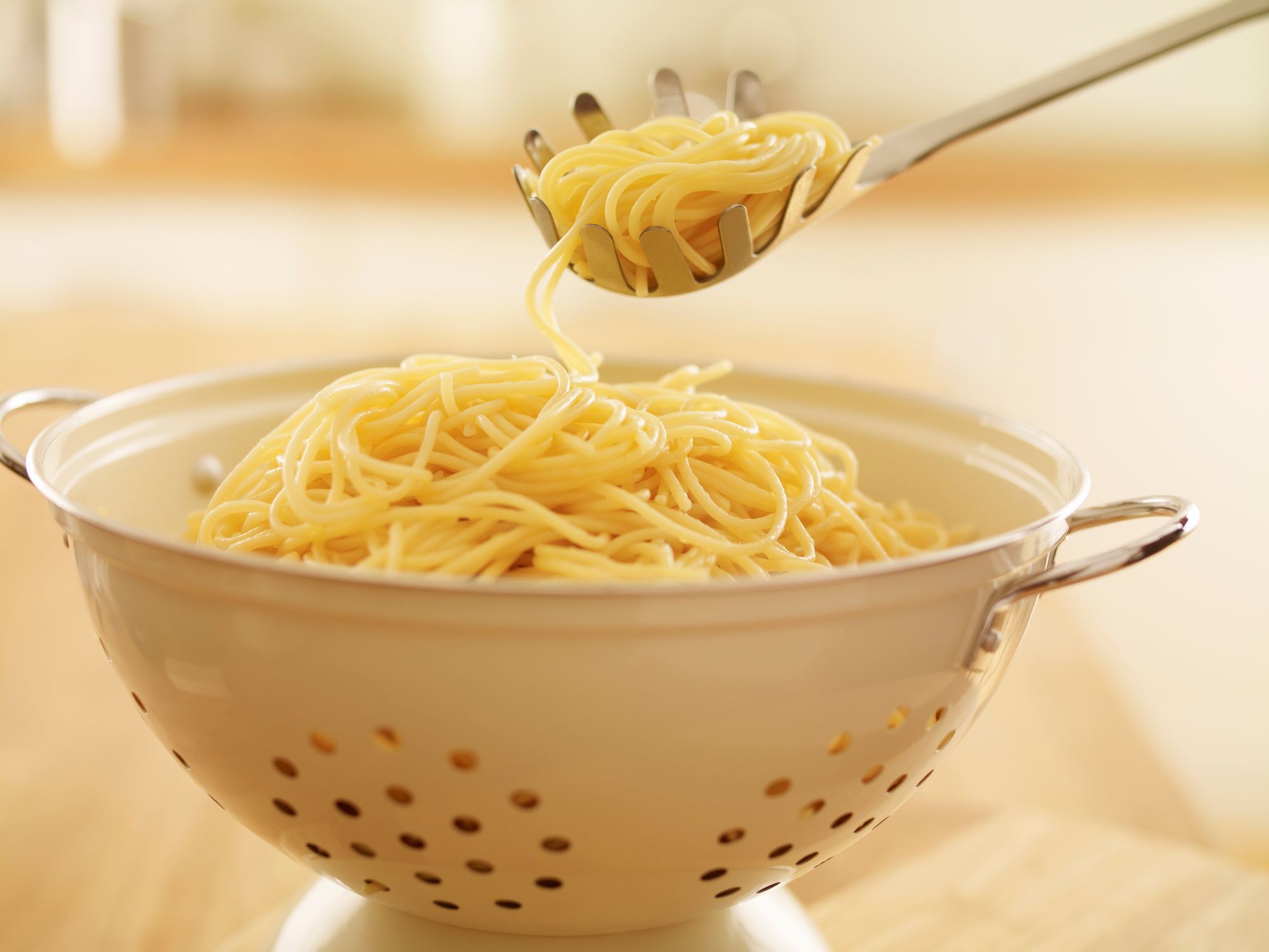

Articles
How To Store Cooked Spaghetti Noodles
Modified: March 26, 2024
Learn the best methods and tips for storing leftover cooked spaghetti noodles with this informative article. Keep your pasta fresh and ready for your next delicious meal.
(Many of the links in this article redirect to a specific reviewed product. Your purchase of these products through affiliate links helps to generate commission for Storables.com, at no extra cost. Learn more)
Introduction
There’s nothing quite like a delicious plate of spaghetti noodles, cooked to perfection and served with your favorite sauce. But what do you do when you have leftover cooked spaghetti noodles and want to store them for later use?
Storing cooked spaghetti noodles can be a bit tricky, as they have a tendency to become sticky and clump together if not handled properly. However, with the right techniques, you can successfully store your cooked spaghetti noodles without compromising their taste and texture.
In this article, we will guide you through a step-by-step process on how to store cooked spaghetti noodles properly. From cooling and removing excess moisture to portioning, storing, and reheating, we will cover all the essential tips and tricks to ensure your leftovers remain fresh and delicious.
So, whether you’re looking to save some time on busy nights or want to meal prep for the week ahead, let’s dive in and learn how to store your cooked spaghetti noodles with ease and confidence.
Key Takeaways:
- Store leftover spaghetti noodles by cooling, removing moisture, portioning, and using airtight containers. Refrigerate for 3-4 days or freeze for 2-3 months. Reheat with microwave or stovetop for a delicious meal anytime.
- Follow the step-by-step guide to store, freeze, and reheat cooked spaghetti noodles. Portioning and proper storage in airtight containers are essential for maintaining freshness and flavor. Enjoy a convenient and tasty meal whenever you need it.
Read more: How To Store Spaghetti Noodles
Step 1: Cooling the cooked spaghetti noodles
The first step in storing cooked spaghetti noodles is to cool them down quickly after cooking. This helps prevent them from becoming mushy and clumping together.
To cool the spaghetti noodles, start by draining them in a colander or strainer immediately after cooking. Give them a gentle shake to remove any excess water. You can also rinse them with cold water to stop the cooking process and cool them down even faster.
After draining and rinsing, transfer the spaghetti noodles to a large bowl. Spread them out evenly to allow for better airflow and faster cooling. You can also toss them with a little bit of olive oil to prevent them from sticking together.
Now, the cooling process can take some time, especially if you’ve cooked a large batch of spaghetti noodles. To speed things up, consider placing the bowl in the refrigerator or freezer for a few minutes. This will help lower the temperature quickly and ensure that the noodles cool down evenly.
Once the cooked spaghetti noodles are cool to the touch, you are ready to move on to the next step of storing them.
Quick Tips:
- Do not leave the cooked spaghetti noodles at room temperature for too long, as this can promote bacterial growth.
- Avoid overcooking the noodles to begin with, as they can become softer and stickier during the cooking process.
- Consider using a pasta spoon or fork to gently separate the noodles while they are cooling down to prevent them from clumping together.
Step 2: Removing excess moisture from the noodles
After cooling the cooked spaghetti noodles, it’s important to remove any excess moisture to prevent them from becoming soggy or developing a slimy texture when stored.
To remove excess moisture, start by gently patting the noodles with a clean kitchen towel or paper towels. Press down lightly to absorb any remaining water on the surface of the noodles.
If you notice that the noodles are still damp, you can use a fan or a hairdryer on the coolest setting to gently blow air over the noodles. This will help evaporate any remaining moisture and ensure that the noodles are dry before storing them.
It’s crucial to remove as much moisture as possible, as even a small amount can cause the noodles to stick together and become clumpy during storage.
Quick Tips:
- Avoid using excessive force or squeezing the noodles too tightly while removing moisture, as this can break the strands and affect their texture.
- If you have time, you can let the noodles air-dry for a few minutes before proceeding to the next step. This can help remove moisture more effectively.
- Keep in mind that the noodles should still be slightly flexible and not completely dry, as they will absorb sauce or heat during reheating.
Step 3: Portioning the noodles for storage
Properly portioning the cooked spaghetti noodles before storing them is essential to ensure convenience and easy reheating later on. By dividing the noodles into individual or family-sized portions, you can easily grab the right amount without thawing or reheating more than necessary.
To portion the noodles, start by deciding on the desired serving size. If you’re planning to have individual portions, consider the amount that each person would typically consume. For family-sized portions, estimate the amount needed for a full meal.
Once you’ve determined the serving size, use tongs or a pasta fork to transfer the noodles into separate resealable plastic bags or containers. Be sure to remove any air from the bags or containers to prevent freezer burn or moisture from getting in.
If you prefer a more organized approach, you can also use small resealable plastic containers or freezer-safe zip-top bags to portion and store the noodles. Label the bags or containers with the date and portion size to keep track of how long they’ve been stored.
Remember, dividing the spaghetti noodles into smaller portions allows for easier defrosting and reduces the need to reheat the entire batch when you only want a smaller quantity.
Quick Tips:
- If using resealable plastic bags, consider double-bagging the spaghetti noodles for added protection against freezer burn.
- Ensure that the bags or containers are fully sealed to prevent air from entering, as this can lead to freezer burn and affect the quality of the noodles.
- If you have a vacuum sealer, it’s an excellent tool to use for portioning and sealing the cooked spaghetti noodles. It helps remove all the air, providing optimal storage conditions.
Step 4: Storing the spaghetti noodles in an airtight container
Once you’ve portioned the cooked spaghetti noodles, it’s time to store them properly to maintain their freshness and prevent them from absorbing any unwanted odors from the refrigerator or freezer. The key is to use airtight containers that provide a secure seal.
Choose containers that are specifically designed for freezer or food storage. These containers should have lids that fit tightly to create a barrier against air and moisture. Good options include plastic containers with snap-on or screw-top lids, glass containers with rubber seals, or heavy-duty freezer bags.
Transfer the portioned spaghetti noodles into the airtight containers, ensuring that they are packed evenly and leaving enough headspace at the top to allow for expansion during freezing. If using bags, squeeze out as much air as possible before sealing.
Label each container with the date of storage to keep track of the freshness. This will help you know when it’s time to consume or discard the noodles.
Remember to store the containers of cooked spaghetti noodles in the refrigerator or freezer as soon as possible to minimize any bacterial growth and maintain their quality.
Quick Tips:
- Avoid using containers that are too large for the portioned noodles, as this can lead to unnecessary exposure to air and moisture.
- For added protection, you can wrap the airtight containers with a layer of aluminum foil or place them inside a freezer-safe plastic bag to create an extra barrier against air and freezer burn.
- If using plastic containers, consider choosing ones that are stackable to maximize space in the refrigerator or freezer.
After cooking spaghetti noodles, toss them with a little olive oil to prevent sticking, then store them in an airtight container in the refrigerator for up to 3 days.
Read more: How To Store Leftover Noodles
Step 5: Refrigerating the cooked spaghetti noodles
If you plan to use the cooked spaghetti noodles within a few days, refrigeration is the preferred method of storage. The refrigerator will keep the noodles fresh and safe to consume while preserving their texture.
To refrigerate the cooked spaghetti noodles, follow these steps:
- Ensure that the cooked noodles are properly portioned and stored in airtight containers.
- Place the containers in the refrigerator, preferably on one of the middle shelves where the temperature is most consistent.
- Keep the noodles away from strong-smelling foods, as spaghetti noodles tend to absorb odors easily.
- Refrigerated spaghetti noodles can typically last for up to 3-4 days. However, it’s important to check for any signs of spoilage, such as an off smell or texture changes, before consuming.
When you’re ready to enjoy the refrigerated spaghetti noodles, simply remove the desired portion from the container and reheat using your preferred method, such as stovetop or microwave.
Quick Tips:
- Do not store cooked spaghetti noodles at room temperature for an extended period, as this can promote bacterial growth.
- If the noodles develop a dry texture in the refrigerator, you can drizzle a little bit of olive oil or pasta sauce over them before reheating to restore moisture.
- To avoid waste, refrigerate the cooked spaghetti noodles in small portions that align with your meal plans.
Step 6: Freezing the cooked spaghetti noodles
If you have a larger quantity of cooked spaghetti noodles or want to store them for a longer period, freezing is the ideal method. Freezing the noodles will help preserve their freshness and quality for up to a few months.
Follow these steps to freeze the cooked spaghetti noodles:
- Ensure that the cooked noodles are properly portioned and stored in airtight containers or freezer bags.
- Label each container or bag with the date of storage so you can keep track of their freshness.
- Place the containers or bags in the freezer, ideally in a single layer and not stacked on top of each other initially.
- Allow the spaghetti noodles to freeze solid for a few hours. Once frozen, you can stack the containers or bags to save space in the freezer.
- Frozen spaghetti noodles can last in the freezer for up to 2-3 months. However, for the best quality and texture, it’s advisable to consume them within 1-2 months.
When you’re ready to use the frozen spaghetti noodles, take out the desired portion and thaw them in the refrigerator overnight or use the defrost setting in the microwave. You can then reheat the thawed noodles using your preferred method.
Quick Tips:
- Freezing individual portions can facilitate defrosting and prevent the need to thaw more than necessary.
- Consider blanching the cooked spaghetti noodles in boiling water for a minute before cooling and freezing them. Blanching helps preserve the texture and color of the noodles during freezing.
- Do not freeze spaghetti noodles that have already been reheated, as they may become mushy and lose their quality.
Step 7: Reheating the stored spaghetti noodles
After you’ve stored cooked spaghetti noodles in the refrigerator or freezer, the final step is reheating them to enjoy a delicious and satisfying meal. Here’s how you can successfully reheat your stored spaghetti noodles:
- Refrigerated Noodles: If you stored the cooked spaghetti noodles in the refrigerator, simply remove the desired portion from the container and transfer it to a microwave-safe dish or saucepan.
- For the microwave option, cover the dish with a microwave-safe lid or microwave-safe plastic wrap and heat on medium power in 30-second intervals, stirring in between, until the noodles are heated through.
- If using a saucepan, add a small amount of water or pasta sauce to the pan and heat the noodles over medium heat, stirring occasionally until heated thoroughly.
- Frozen Noodles: If you stored the cooked spaghetti noodles in the freezer, begin by thawing them in the refrigerator overnight or using the defrost setting on your microwave.
- Once thawed, you can follow the same reheating methods as described above for refrigerated noodles.
Whether you choose to microwave or heat on the stovetop, ensure that the noodles are heated to a safe and enjoyable temperature. Keep in mind that overcooking can lead to a loss of texture and quality.
Quick Tips:
- If the reheated spaghetti noodles seem dry, you can drizzle a little bit of olive oil or pasta sauce over them to add moisture and flavor.
- Consider adding your favorite sauce or toppings to the reheated noodles to enhance the taste and create a complete meal.
- It’s always a good idea to taste a small portion of the reheated noodles before serving to ensure they are heated to your desired level of doneness.
Conclusion
Cooked spaghetti noodles are a versatile and convenient staple that can easily be stored for later use. By following the steps outlined in this article, you can ensure that your leftover spaghetti noodles remain fresh, flavorful, and free from clumping or stickiness.
Cooling the noodles quickly after cooking, removing excess moisture, and portioning them for storage are crucial steps in the process. Storing the noodles in airtight containers or freezer bags, whether in the refrigerator or freezer, helps maintain their quality and flavor.
When it comes time to enjoy your stored spaghetti noodles, proper reheating is key. By using the appropriate methods and techniques, you can bring your noodles back to their original delicious state.
Whether you’re meal prepping, saving leftovers, or looking to enjoy a quick and easy meal, knowing how to store cooked spaghetti noodles is a valuable skill. With the insights from this article, you can confidently store and preserve your spaghetti noodles, ensuring that they are always ready for a tasty meal whenever you need them.
So go ahead and store those extra servings of cooked spaghetti noodles with confidence, knowing that you’ll have a delicious meal waiting for you in the days or months to come.
Frequently Asked Questions about How To Store Cooked Spaghetti Noodles
Was this page helpful?
At Storables.com, we guarantee accurate and reliable information. Our content, validated by Expert Board Contributors, is crafted following stringent Editorial Policies. We're committed to providing you with well-researched, expert-backed insights for all your informational needs.
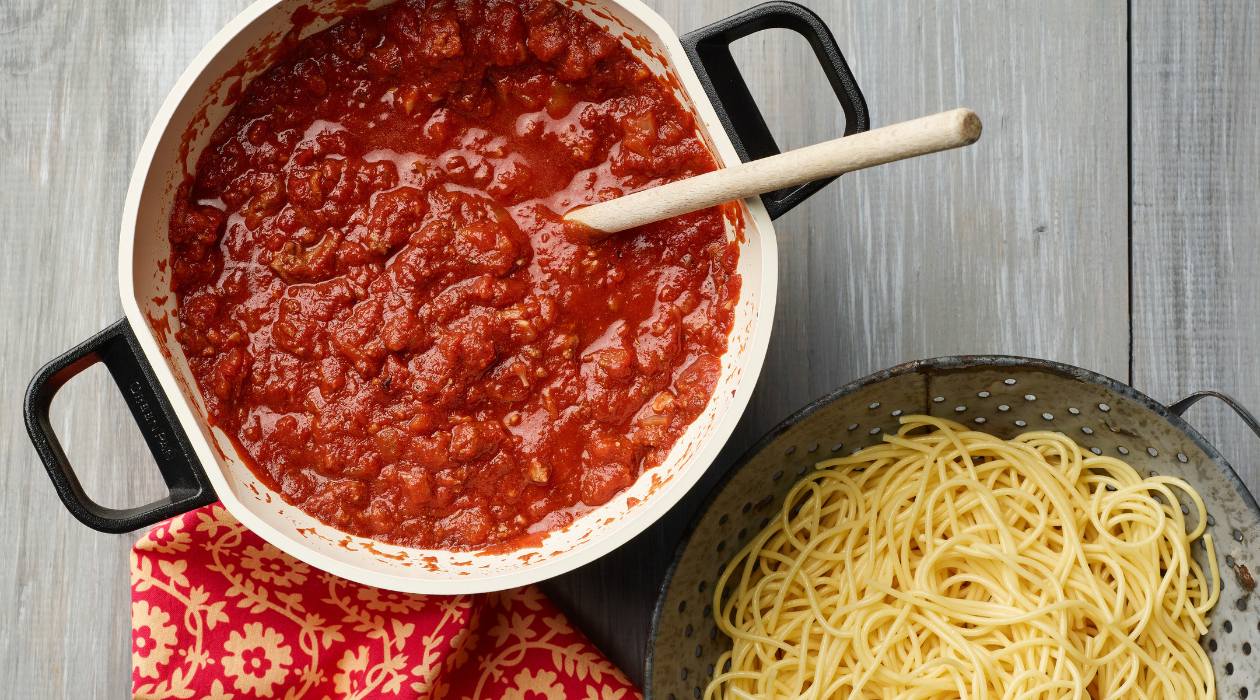
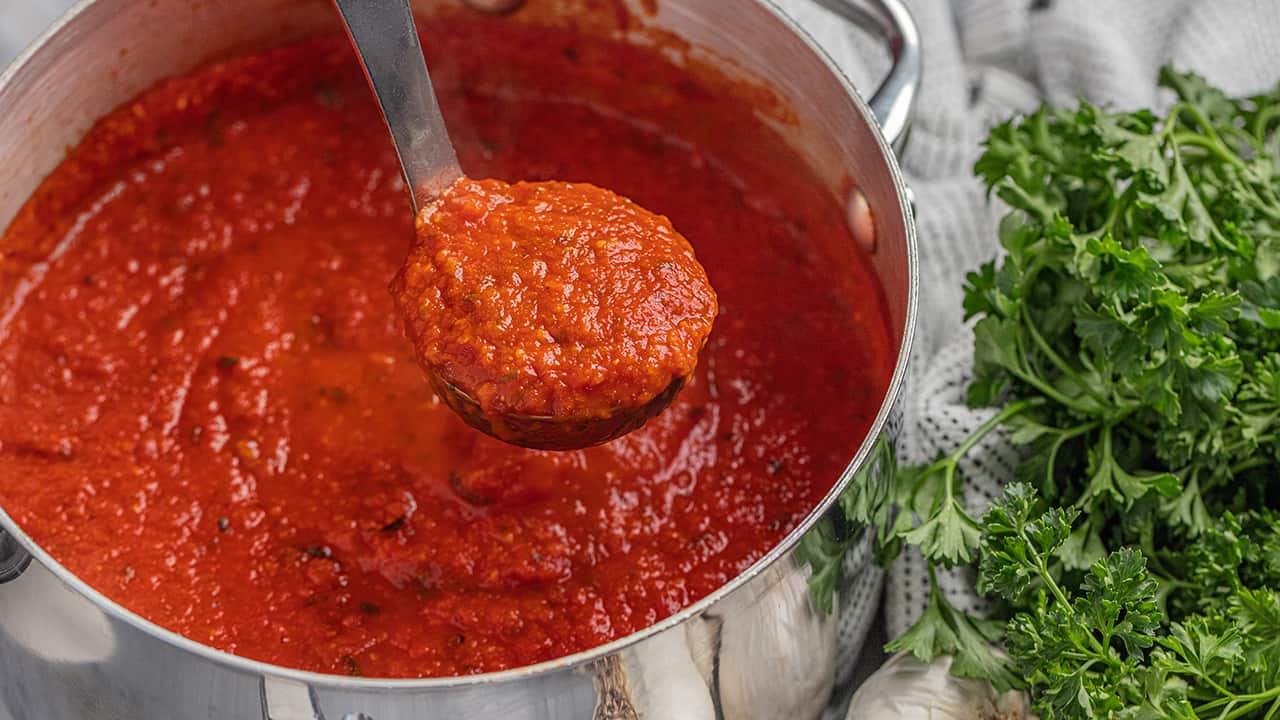
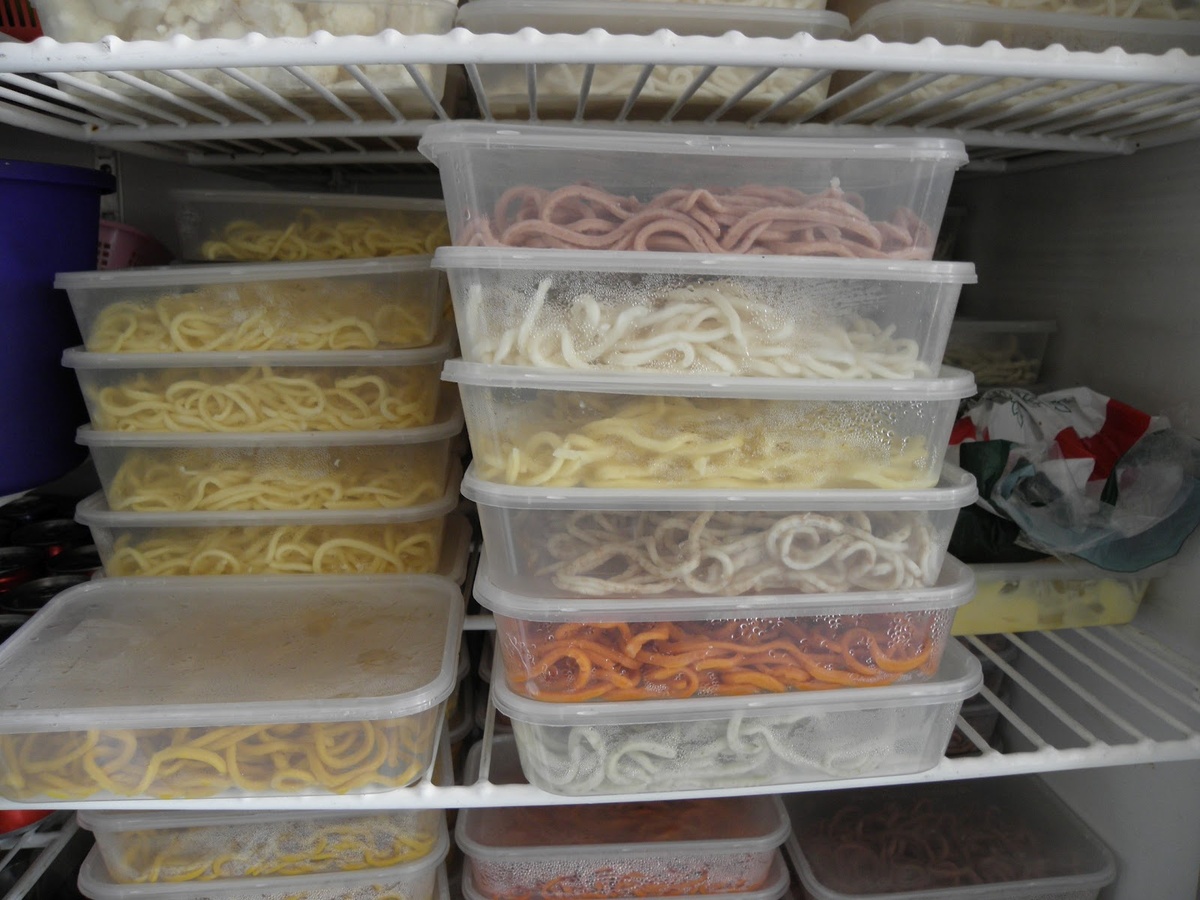
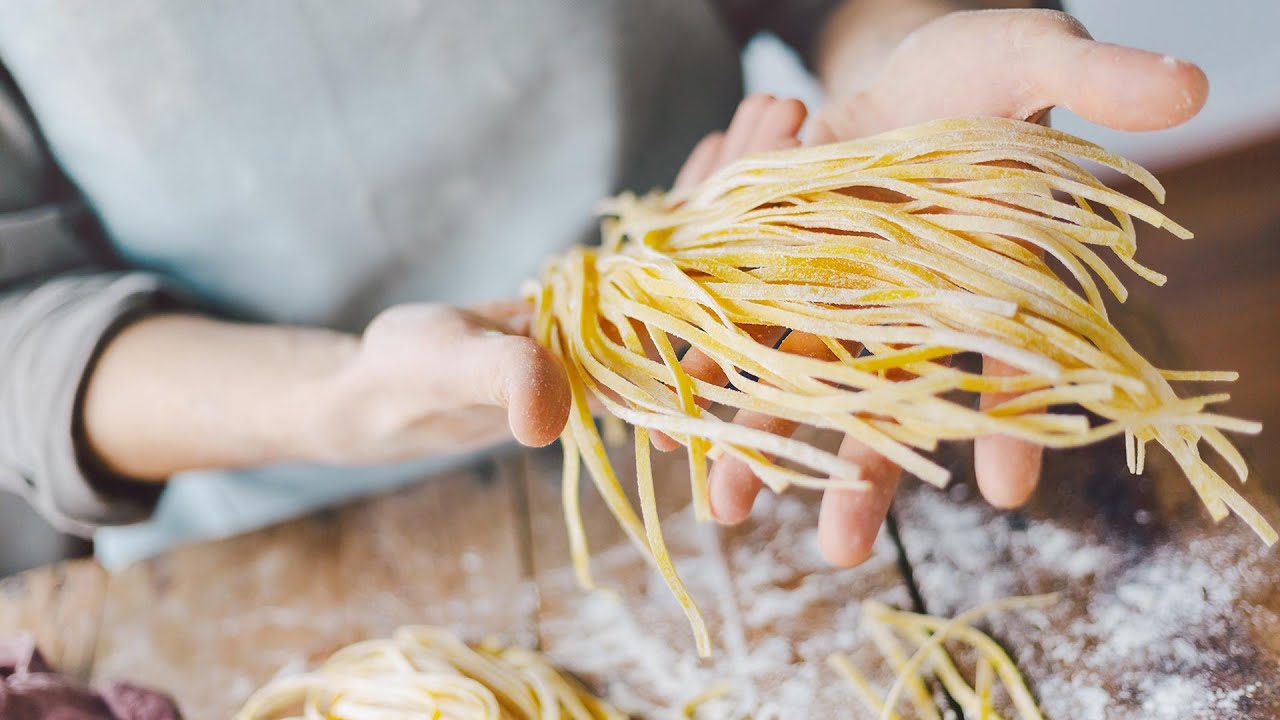
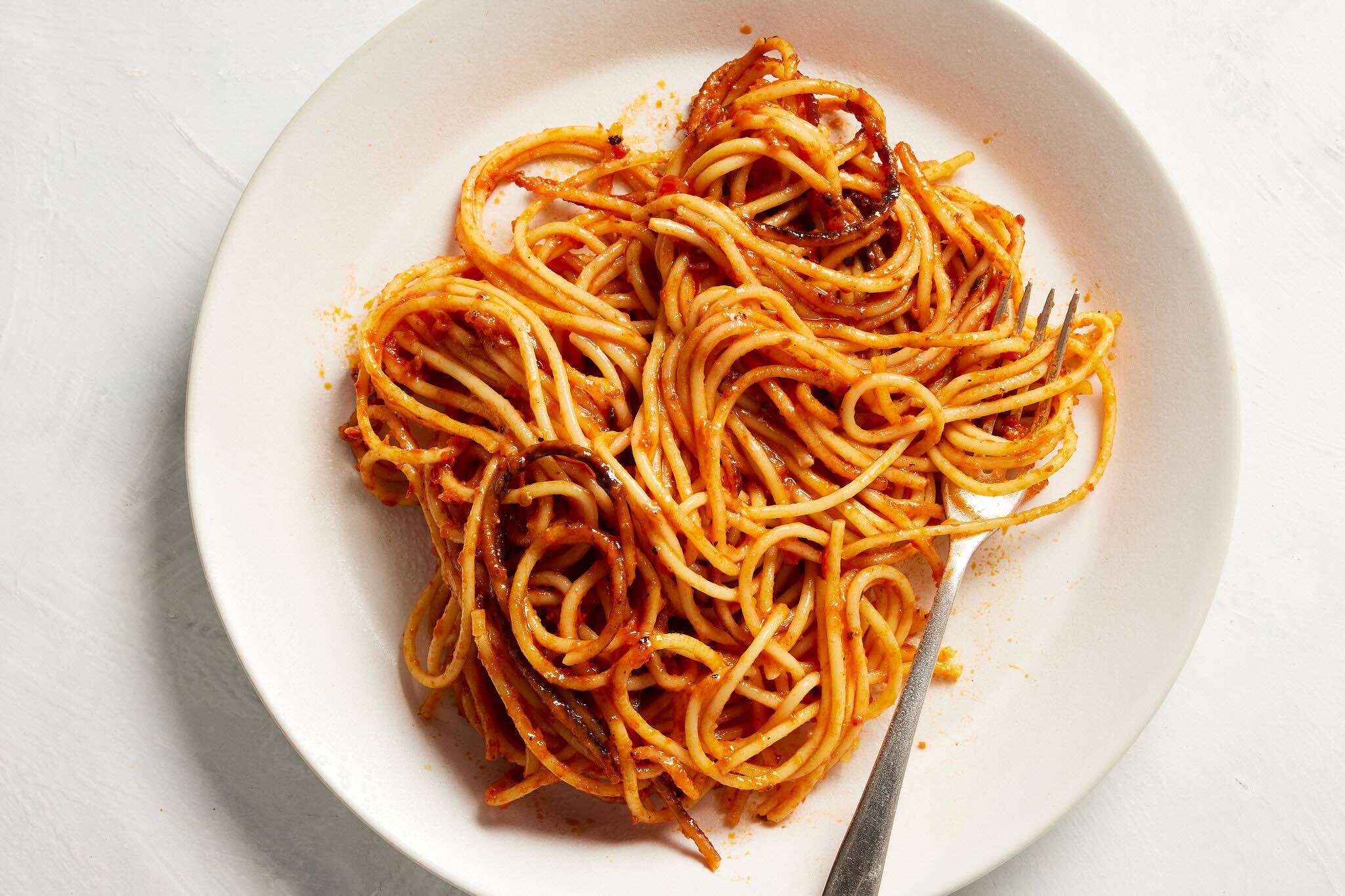

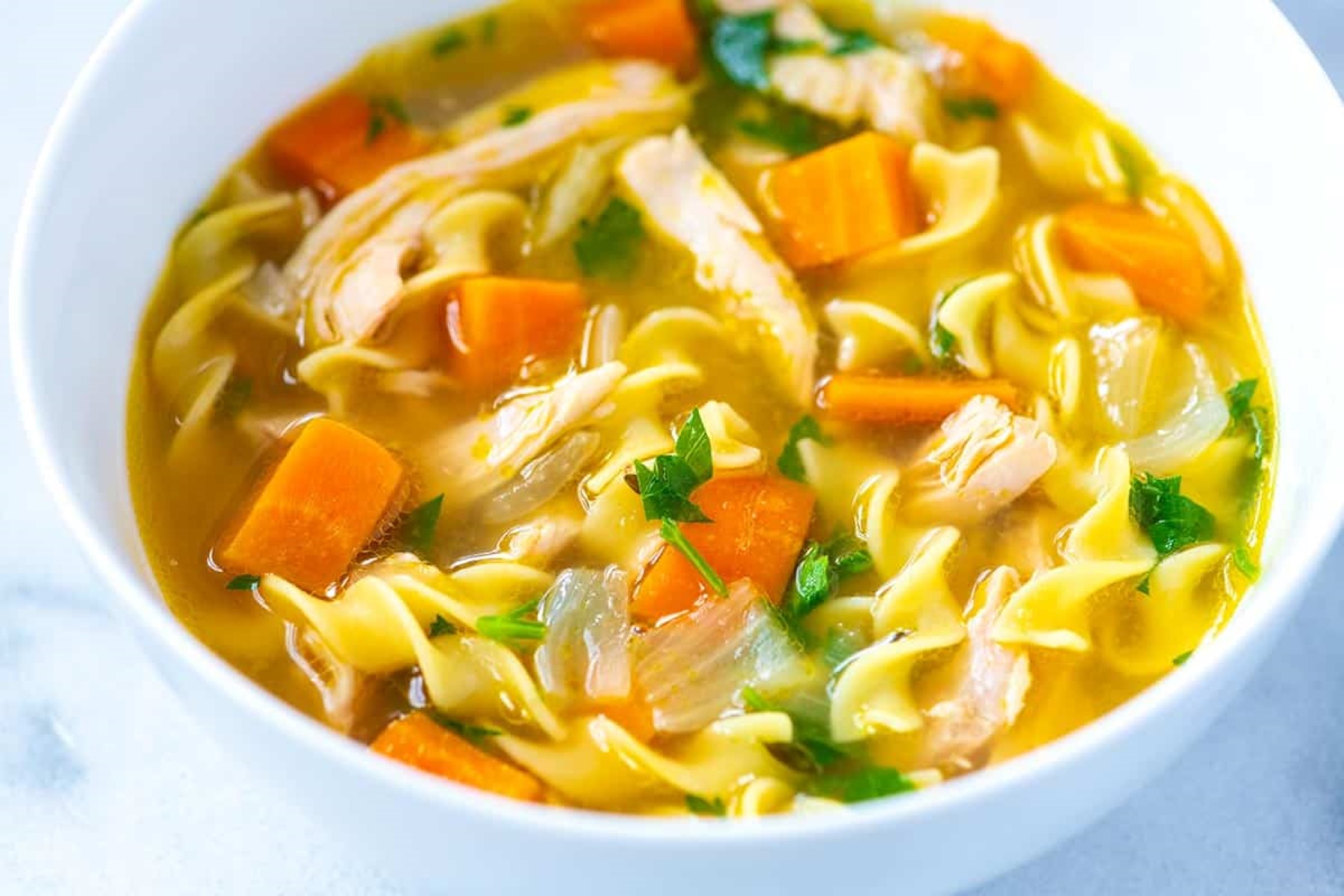
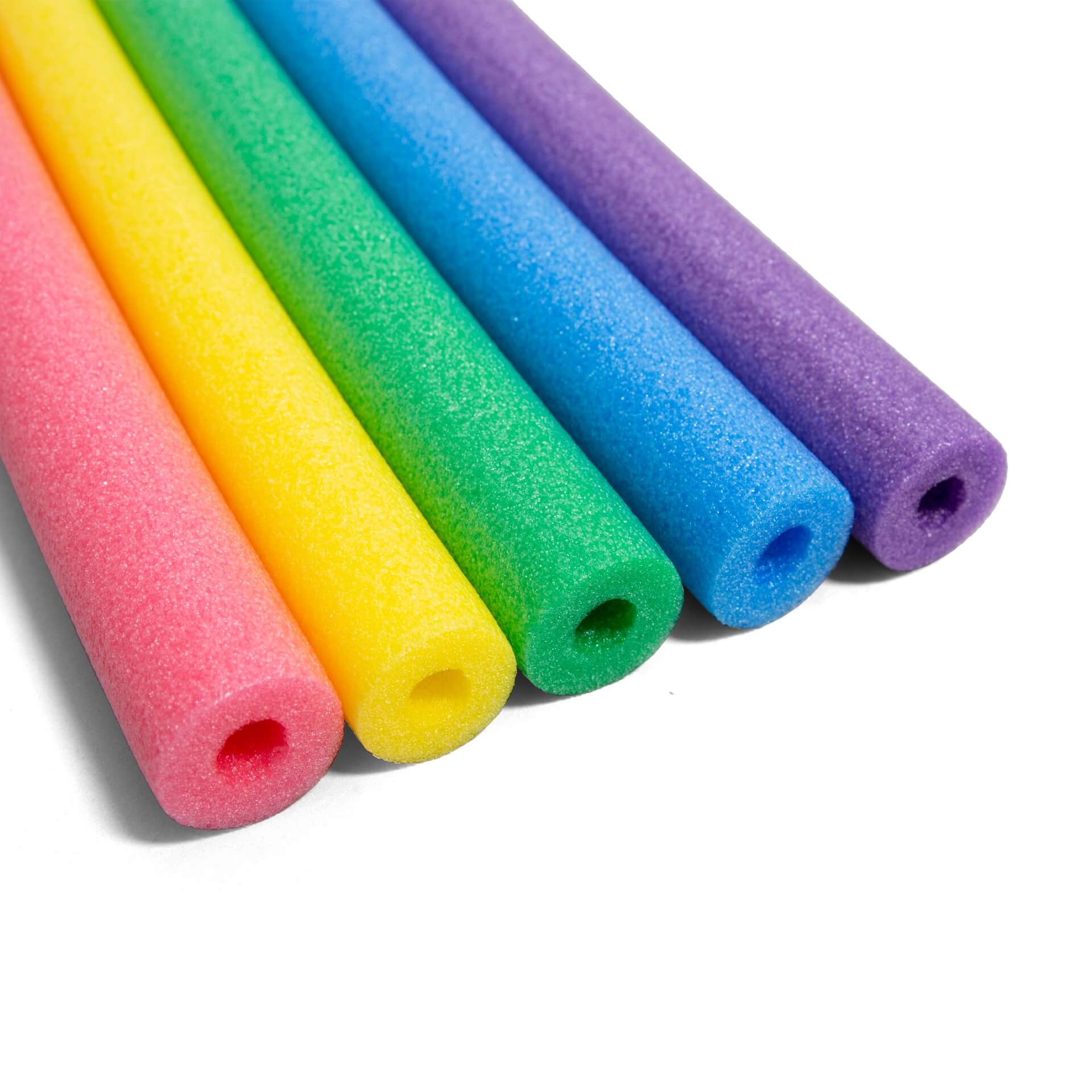

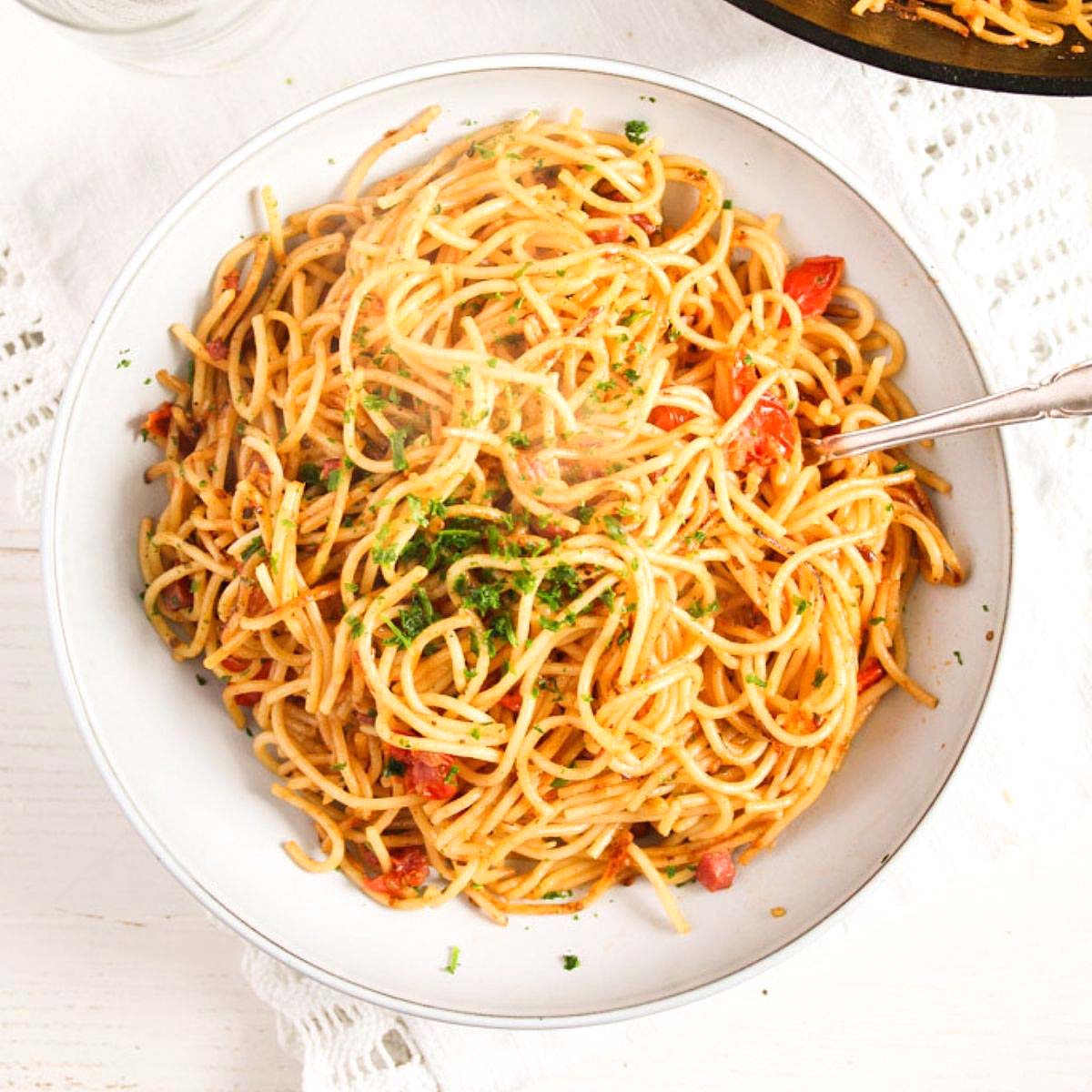
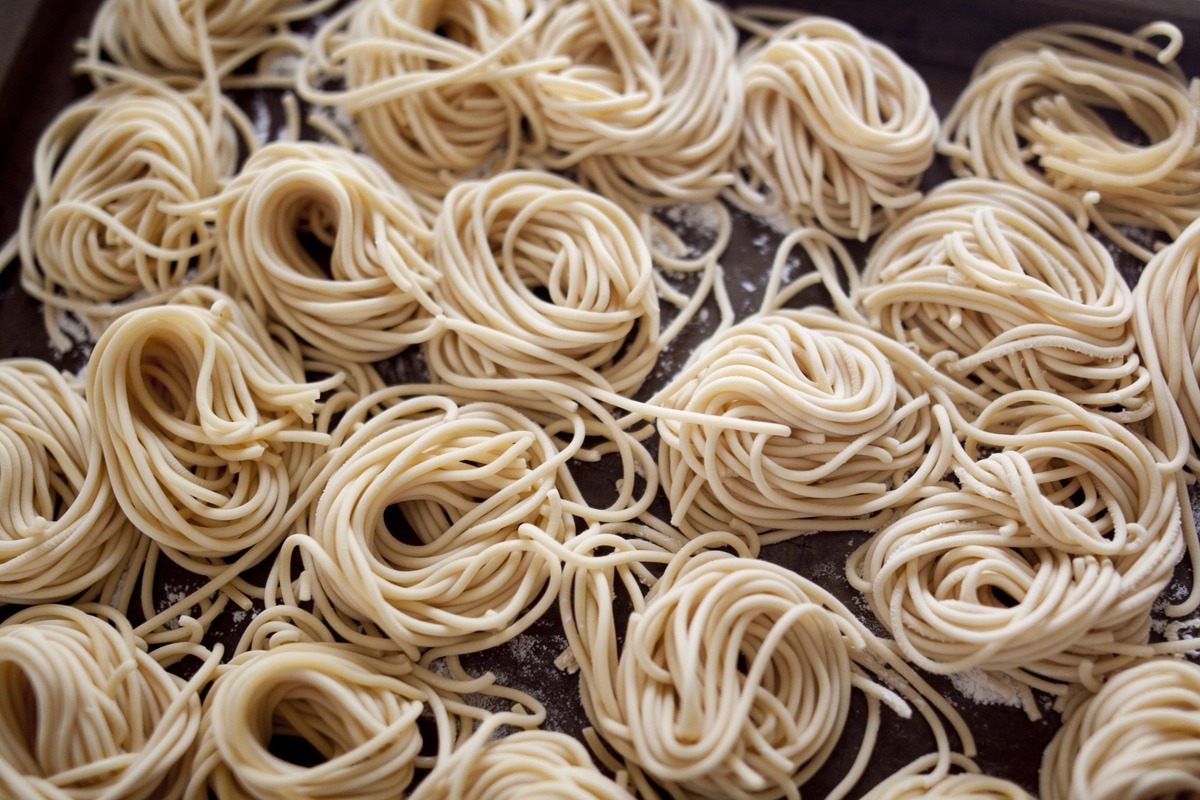
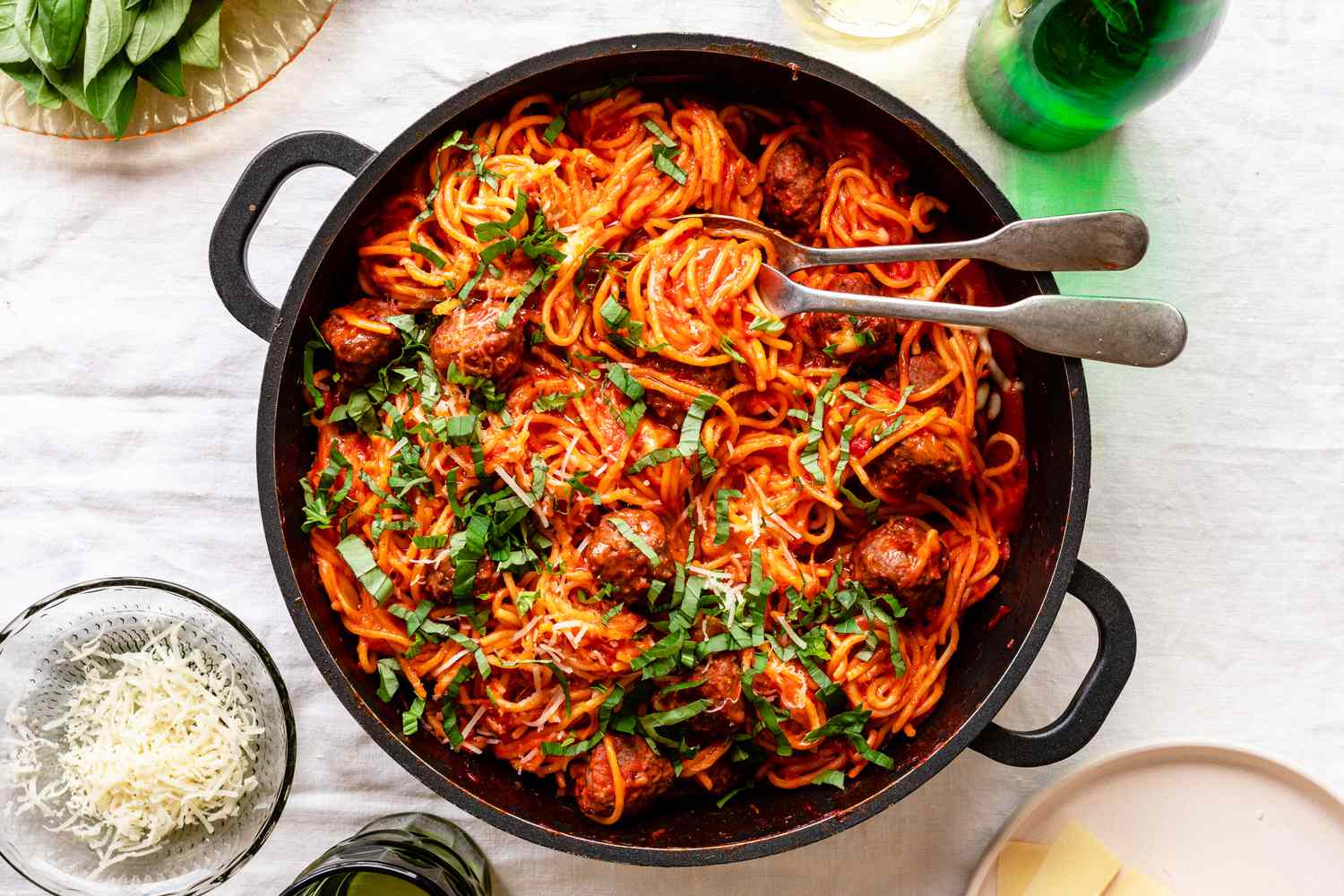
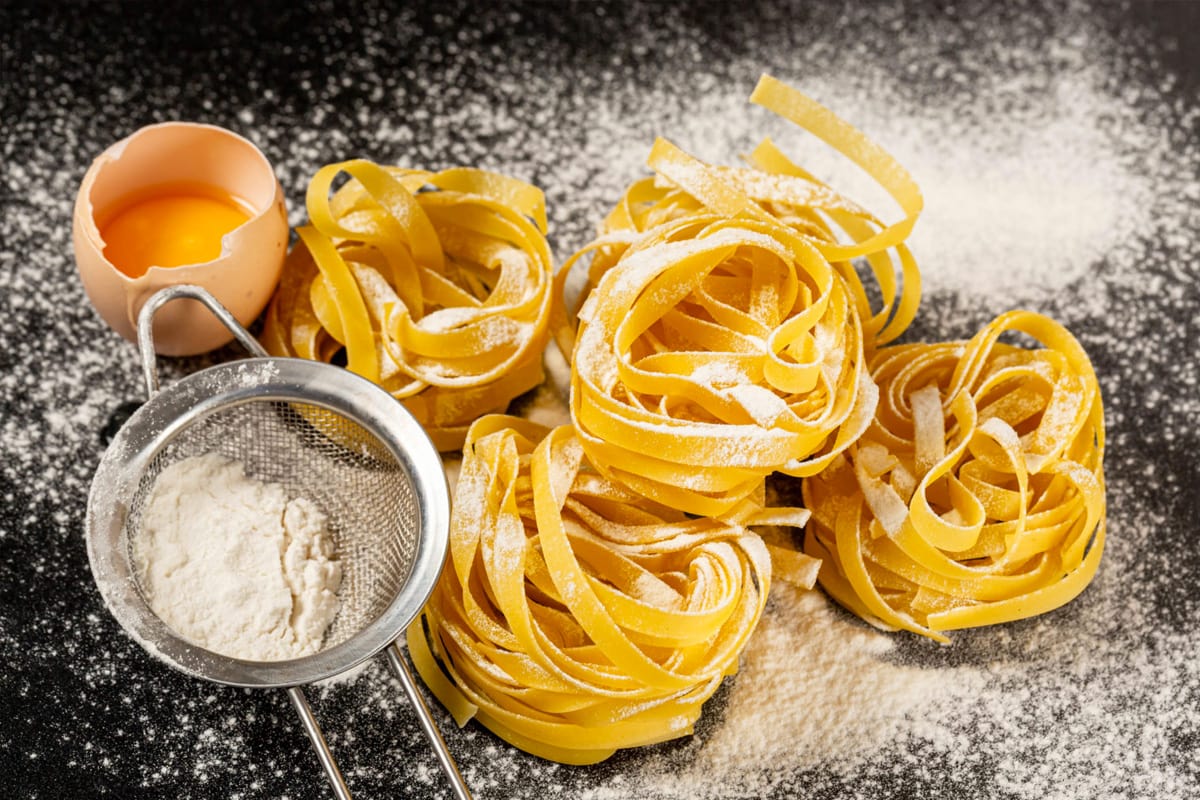


0 thoughts on “How To Store Cooked Spaghetti Noodles”